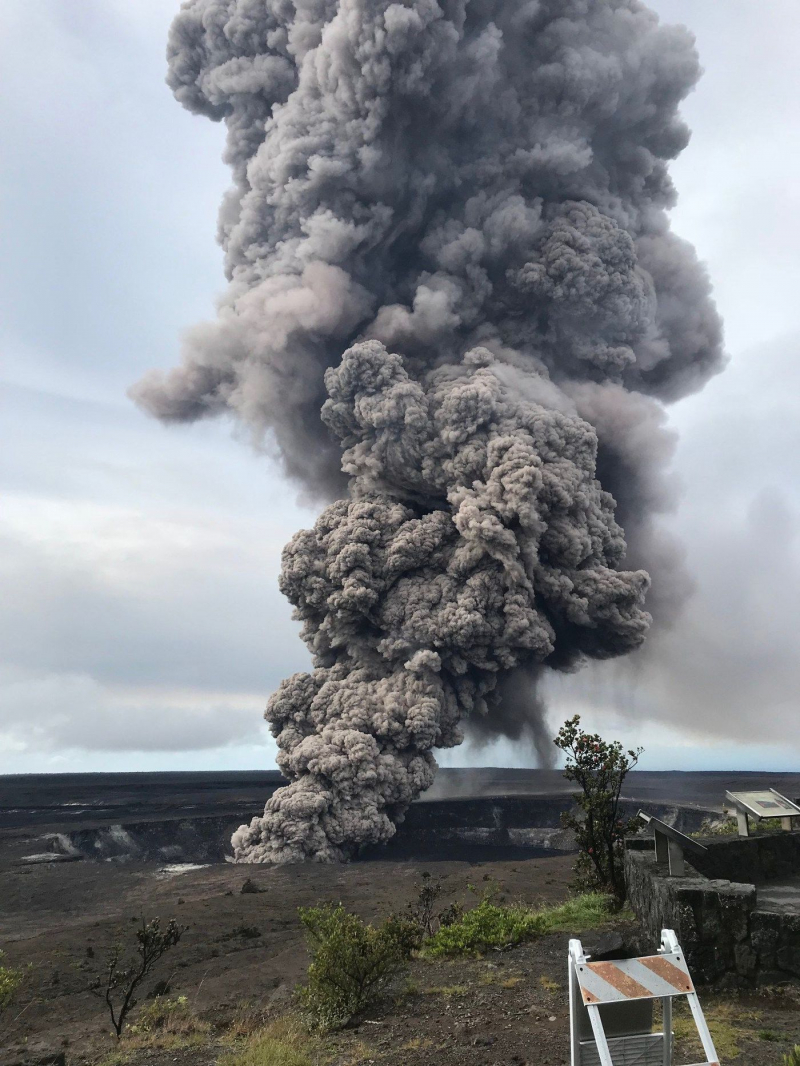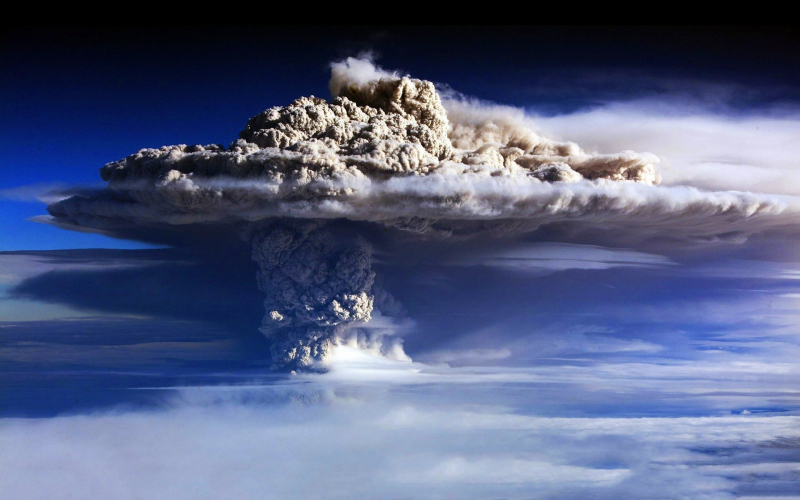Volcanic Explosions
Some historians believe that 536 was the worst year in human history. That's because the sky turned black in the year 536. And the darkness persisted for 18 months. Crop failure led to famine, which was soon followed by the Justinian Plague, which killed between one-third and one-half of Europe's population. What then made this specific period of the Dark Ages truly dark? Ash. A volcano in Iceland erupted in the early year of 536, according to archeological evidence. The drop in summertime temperatures reached 2.5 degrees Celsius. They claim that the entire Northern Hemisphere experienced what amounted to an eclipse.
The volcano is the crack in the planetary mass materials that allows gases, hot lava, and volcanic ash to escape from a magma chamber beneath the crust. The earth's surface is divided into multiple tectonic plates. The Earth's volcanoes are caused by the crust of 17 important tectonic plates breaking. They remained in the Earth's softer and hotter mantle layer. Therefore, where the tectonic plates are separating or intersecting, volcanoes are frequently observed.












